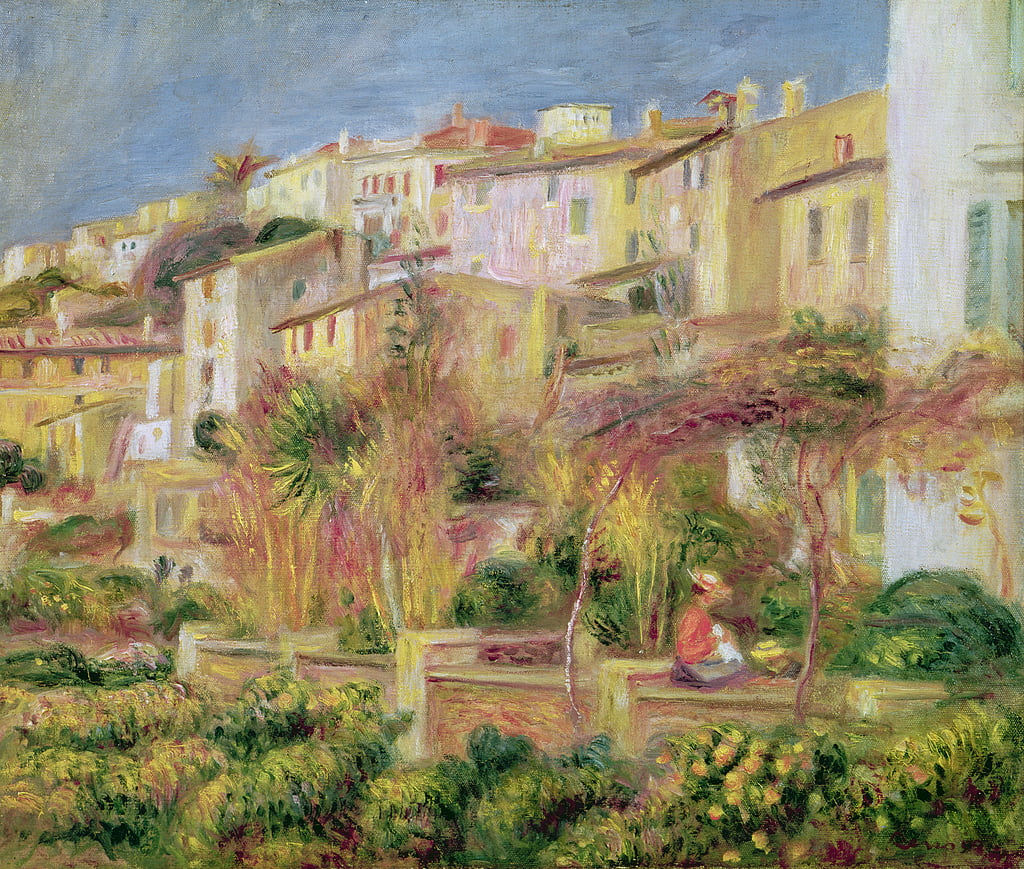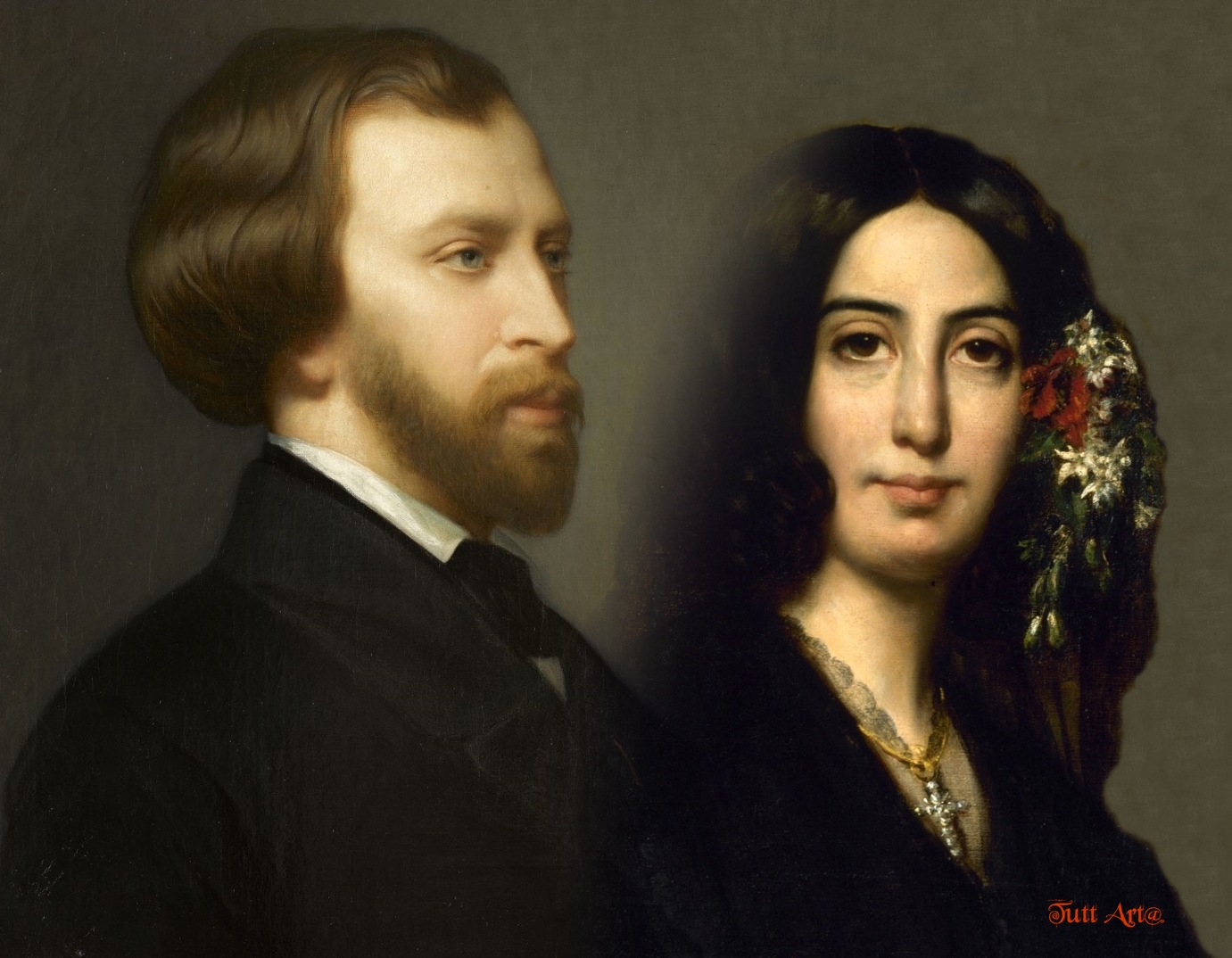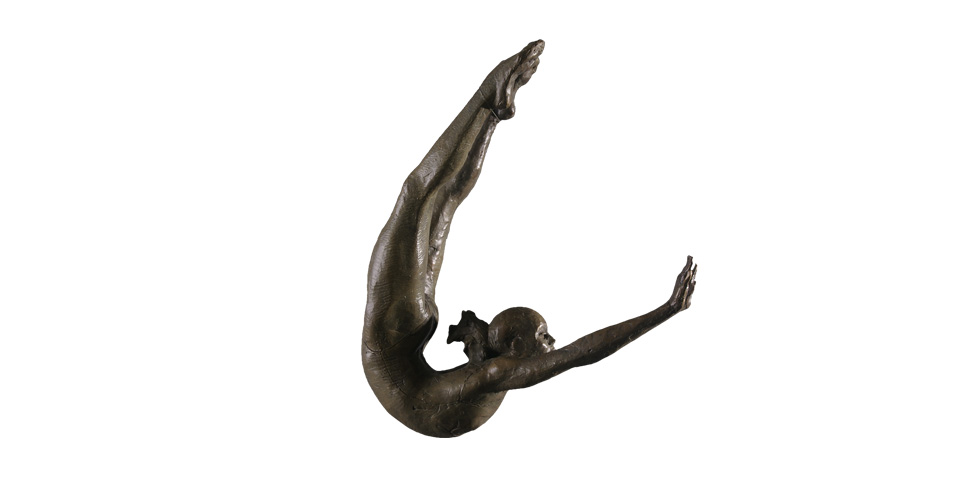Fredric Michael Wood: "Art first came to my attention in a serious way as a boy fortunate to spend many of my formative years in Europe while we were stationed there as a military family.
I was hooked when I discovered an old impressionist oil painting, in a storeroom in our house overseas, of the French countryside, and I stared at it for a long long time trying to imagine how one could paint such a scene! I resolved to get beyond my little drawings and watercolors, and learn to paint like that!
Thanks to childhood, naiveté, I didn't know then how difficult that would be, when, later, much later, I would discover great artists of the past such as John S. Sargent, Joaquin Sorolla, Anders Zorn, and Frank Tenney Johnson, along with illustrators like Howard Pyle and others from the Golden Age of Illustration", as well as contemporary artists, Andrew Wyeth, and John Asarro, and so many others of my contemporaries, whose work would compel, but challenge me so"!



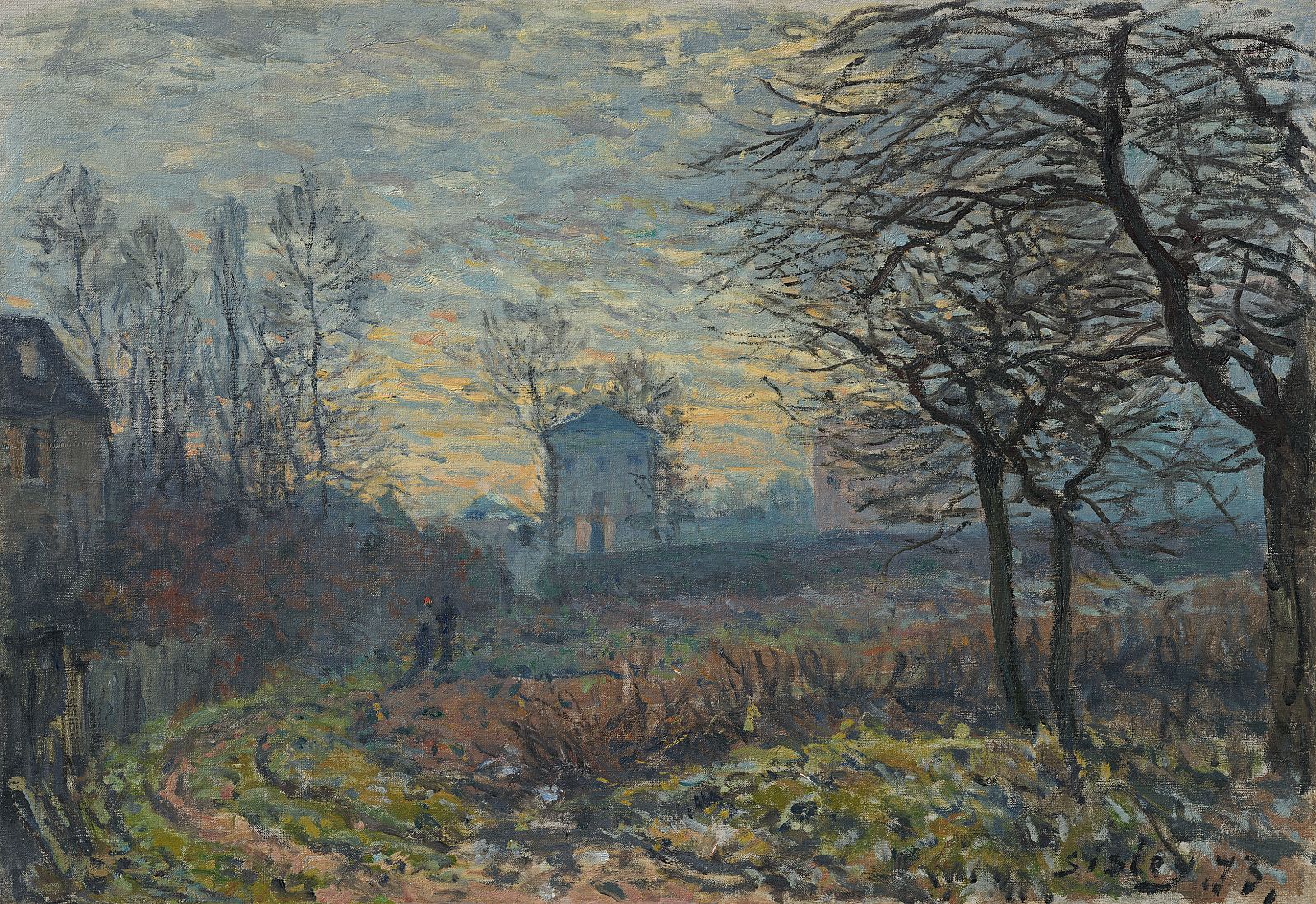





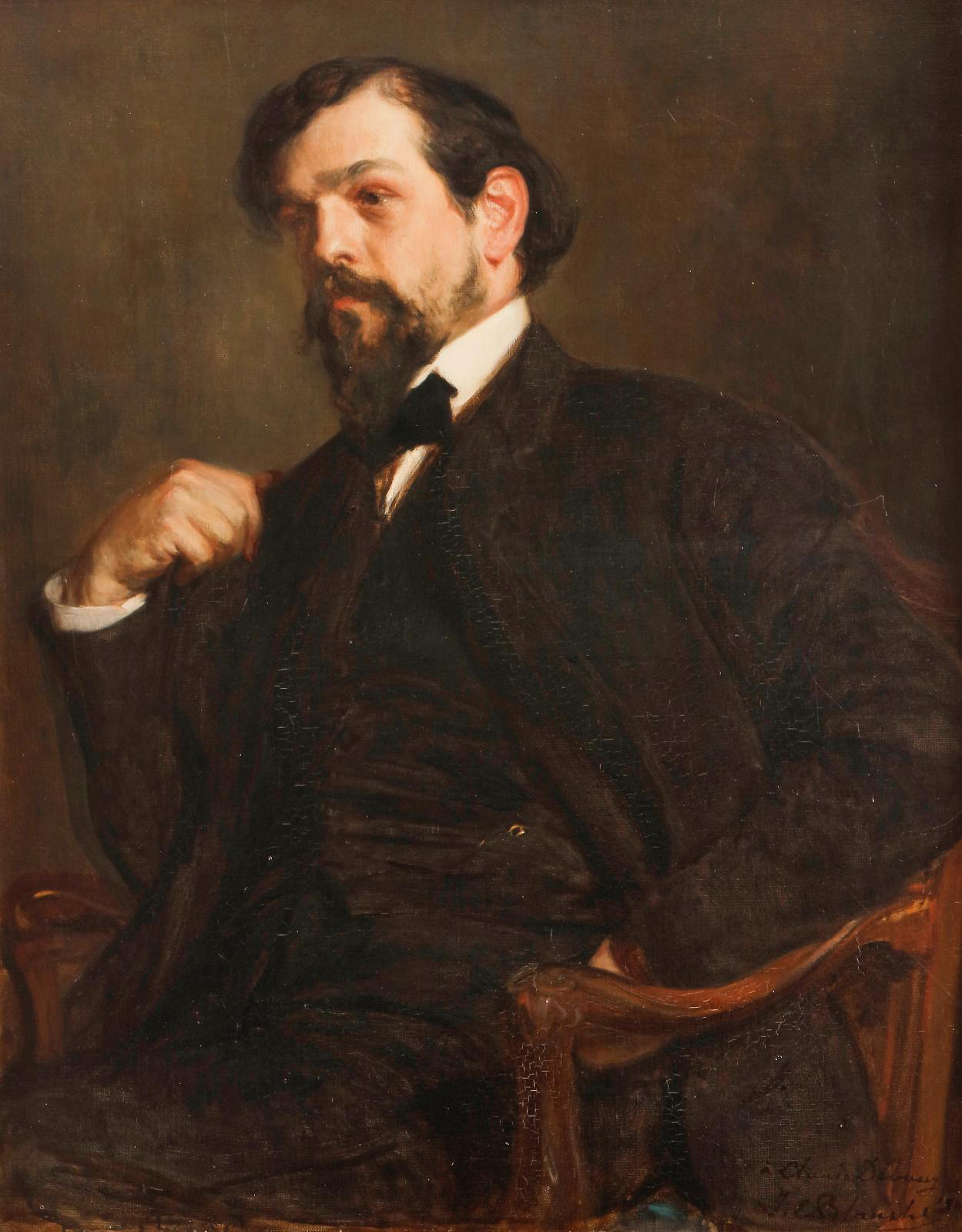

.jpg)

.jpg)
